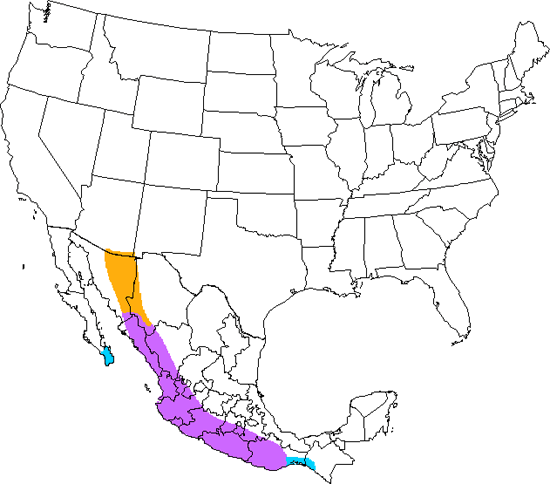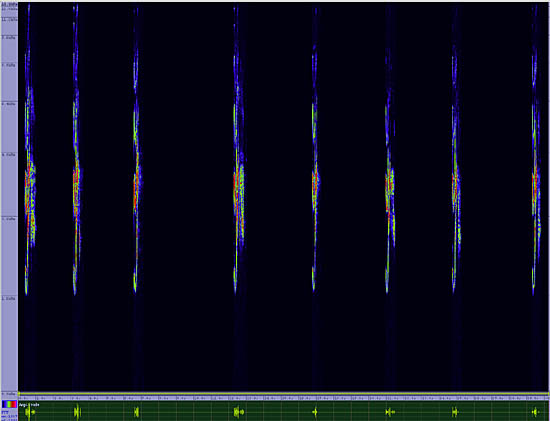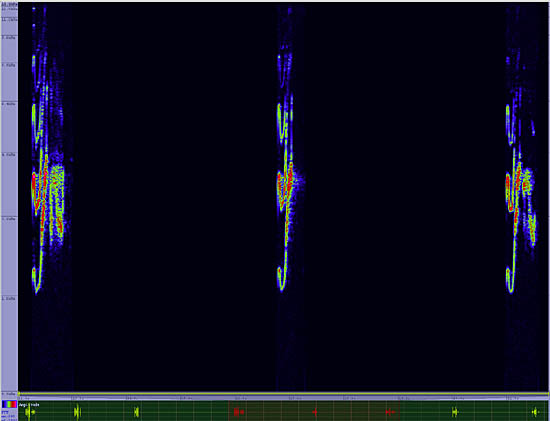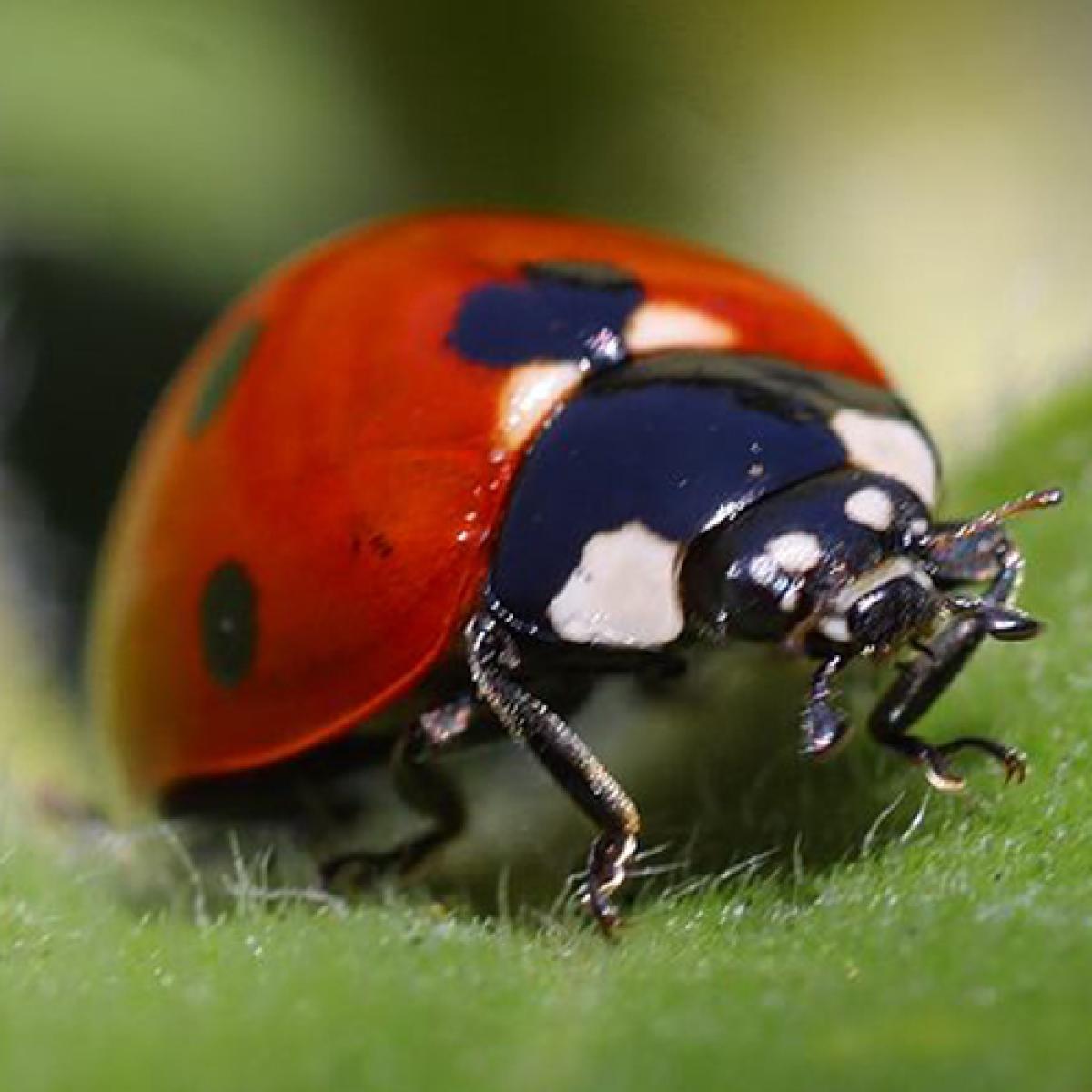Thick-billed Kingbird
Tyrannus crassirostris

Perching
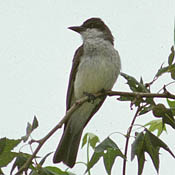
Length: 5 in. (11 cm )
Noisy, aggressive and obvious, this kingbird occurs only in tall trees of desert riparian areas. The nest of sparse grass and twigs is placed high in a sycamore tree. It feeds almost exclusively on insects, which are snatched out of the air as they fly by the kingbird\s exposed perch.'
The four-digit banding code is TBKI.
Bibliographic details:
- Article: Thick-billed Kingbird
- Author(s): Dr. Biology
- Publisher: Arizona State University School of Life Sciences Ask A Biologist
- Site name: ASU - Ask A Biologist
- Date published: 13 Jul, 2017
- Date accessed: 5 August, 2025
- Link: https://askabiologist.asu.edu/activities/bird/thick-billed-kingbird
APA Style
Dr. Biology. (Thu, 07/13/2017 - 15:37). Thick-billed Kingbird. ASU - Ask A Biologist. Retrieved from https://askabiologist.asu.edu/activities/bird/thick-billed-kingbird
Chicago Manual of Style
Dr. Biology. "Thick-billed Kingbird". ASU - Ask A Biologist. 13 Jul 2017. https://askabiologist.asu.edu/activities/bird/thick-billed-kingbird
MLA 2017 Style
Dr. Biology. "Thick-billed Kingbird". ASU - Ask A Biologist. 13 Jul 2017. ASU - Ask A Biologist, Web. https://askabiologist.asu.edu/activities/bird/thick-billed-kingbird
Be Part of
Ask A Biologist
By volunteering, or simply sending us feedback on the site. Scientists, teachers, writers, illustrators, and translators are all important to the program. If you are interested in helping with the website we have a Volunteers page to get the process started.



